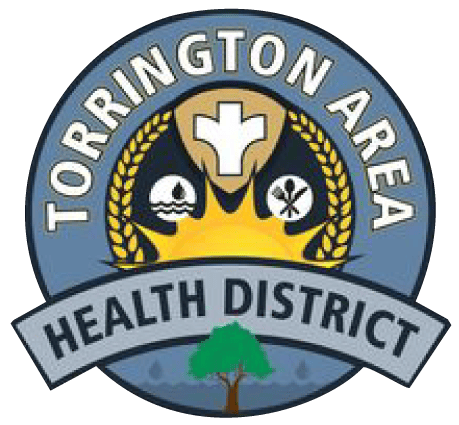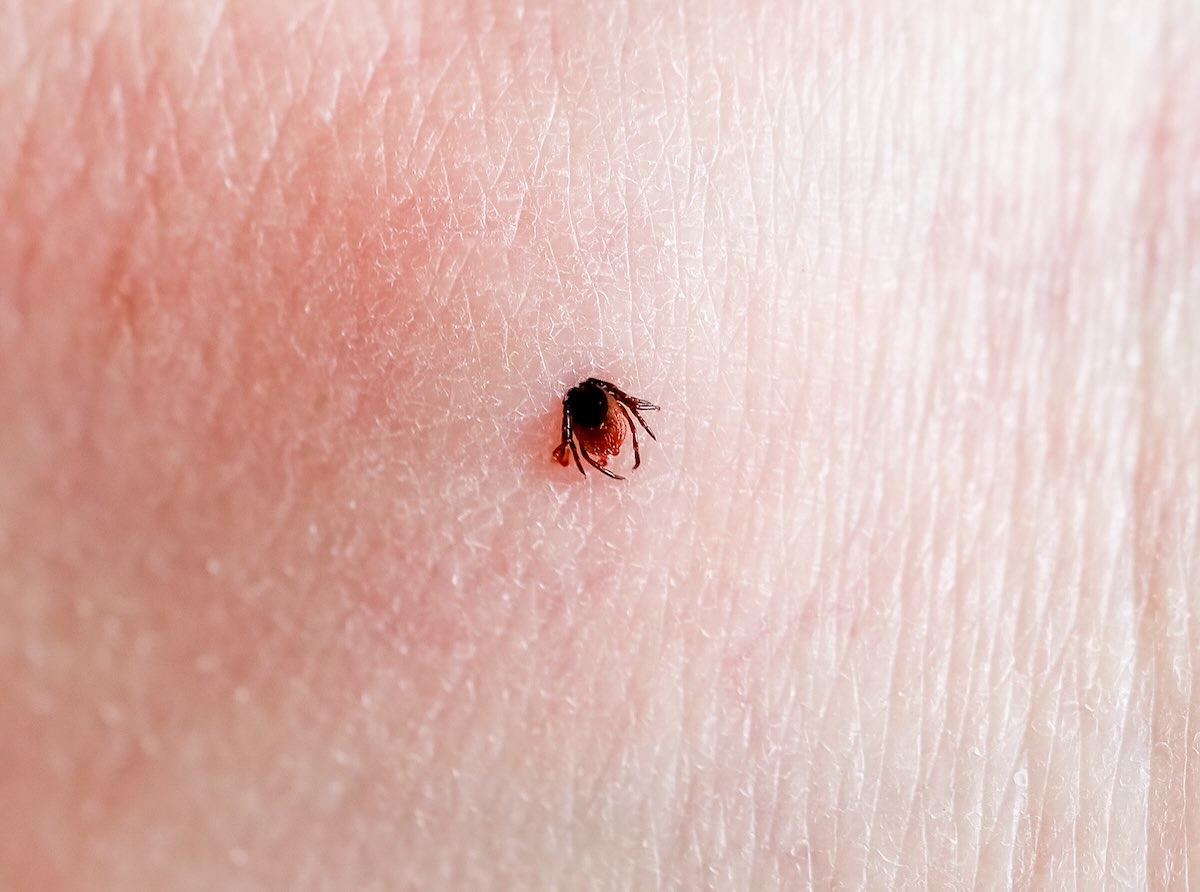Lyme Disease In Connecticut: Protecting Your Health in a High-Risk State
Lyme disease is a serious tick-borne illness that is common in Connecticut, where black-legged (deer) ticks thrive in wooded and grassy areas. Prompt awareness, prevention, and action can significantly reduce your risk.
What is Lyme Disease?
Lyme disease is caused by the bacteria Borrelia burgdorferi and is transmitted through the bite of infected black-legged ticks (Ixodes scapularis). Infected ticks must be attached for 36-48 hours to transmit the bacteria.
If left untreated, Lyme disease can lead to severe complications, including arthritis, neurological problems, and heart issues.
Symptoms of Lyme Disease
Symptoms can appear 3 to 30 days after a tick bite and vary by stage.
Early Stage (3-30 Days)
- Bullseye rash (Erythema migrans) – a red rash that expands outward (appears in 70-80% of cases)
- Fever, chills, headache
- Muscle and joint aches
- Swollen lymph nodes
- Fatigue
Later Stage (Weeks to Months)
- Severe headaches and neck stiffness
- Facial palsy (drooping on one side of the face)
- Joint pain & swelling (commonly in the knees)
- Heart palpitations or irregular heartbeat
- Dizziness or shortness of breath
- Nerve pain, numbness, or tingling in hands and feet
- Memory and concentration problems (“Lyme brain fog”)
More information: CDC Lyme Disease Guide (keep link)
Tick Identification & Risks in Connecticut
In Connecticut, black-legged ticks are the primary carriers of Lyme disease. However, other tick species can also spread diseases like babesiosis, anaplasmosis, and Powassan virus.
Common Ticks in Connecticut
|
Tick Species |
Disease Risk |
Common Locations |
|
Black-legged (Deer) Tick (Ixodes scapularis) |
Lyme disease, Babesiosis, Anaplasmosis, Powassan virus |
Wooded areas, tall grasses, leaf litter |
|
American Dog Tick (Dermacentor variabilis) |
Rocky Mountain spotted fever, Tularemia |
Open fields, grassy areas, pets |
|
Lone Star Tick (Amblyomma americanum) |
Ehrlichiosis, Alpha-gal Syndrome (Red Meat Allergy) |
Coastal and southern Connecticut |
Submitting Ticks to the Torrington Area Health District for Testing
(This free service is available for residents within the Torrington Area Health District only.)
The Torrington Area Health District accepts tick drop-offs and submits them to the Connecticut Agricultural Experiment Station (CAES) for testing.
Click HERE to download the Tick Submission Form (Be sure to include your email address!)
Create link Connecticut Agricultural Experiment Station (CAES) Tick Office: https://portal.ct.gov/CAES
Tick Prevention & Protection
How to Prevent Tick Bites
Use EPA-Approved Insect Repellent: Choose repellents with DEET (20-30%), picaridin, or permethrin-treated clothing.
Wear Protective Clothing: Light-colored, long sleeves and pants tucked into socks help prevent tick attachment.
Perform Tick Checks: Check yourself, children, and pets after outdoor activities—especially behind ears, under arms, around the waist, and in the groin area.
Shower Within Two Hours: Helps wash off unattached ticks.
Landscaping Tips: Reduce tick habitats by keeping grass short, removing leaf litter, and creating gravel/mulch barriers between wooded areas and yards.
Protect Your Pets: Use veterinarian-approved tick preventatives for dogs and cats.
More Information: CDC Tick Prevention Guide
Tick Removal & Testing
If you find an attached tick, follow these steps:
use fine-tipped tweezers to grasp the tick as close to the skin as possible.
Pull upward steadily—do not twist, crush, or burn the tick.
Clean the area with soap, water, or rubbing alcohol.
Dispose of the tick by placing it in alcohol, sealing it in a bag, or flushing it down the toilet.
What to Do If You Think You Have Lyme Disease
- If you develop flu-like symptoms or a bullseye rash after a tick bite, contact your healthcare provider immediately.
- Early Lyme disease is treated with a 10- to 21-day course of antibiotics (doxycycline for adults, amoxicillin for children under 8).
- Untreated Lyme disease can lead to chronic complications affecting the joints, heart, and nervous system.
Connecticut & Lyme Disease: Why It Matters
Connecticut is one of the top states in the U.S. for Lyme disease cases. The disease was first identified in nearby Lyme, Connecticut, in 1975.
Statewide Data (from CT DPH):
- Over 2,000+ cases of Lyme disease are reported annually in Connecticut.
- Litchfield County is a high-risk area due to its wooded environment.
- Cases peak from May through August when ticks are most active.

